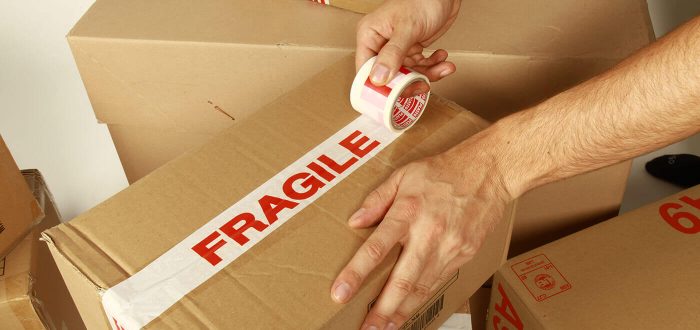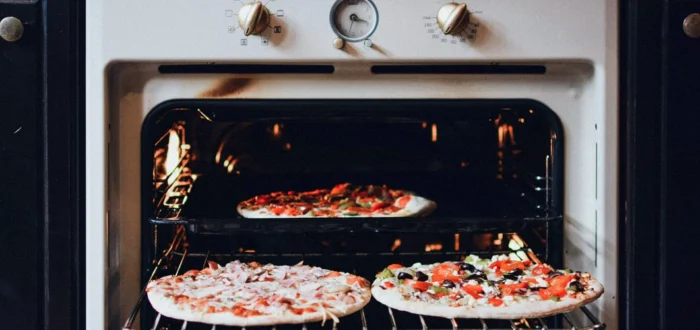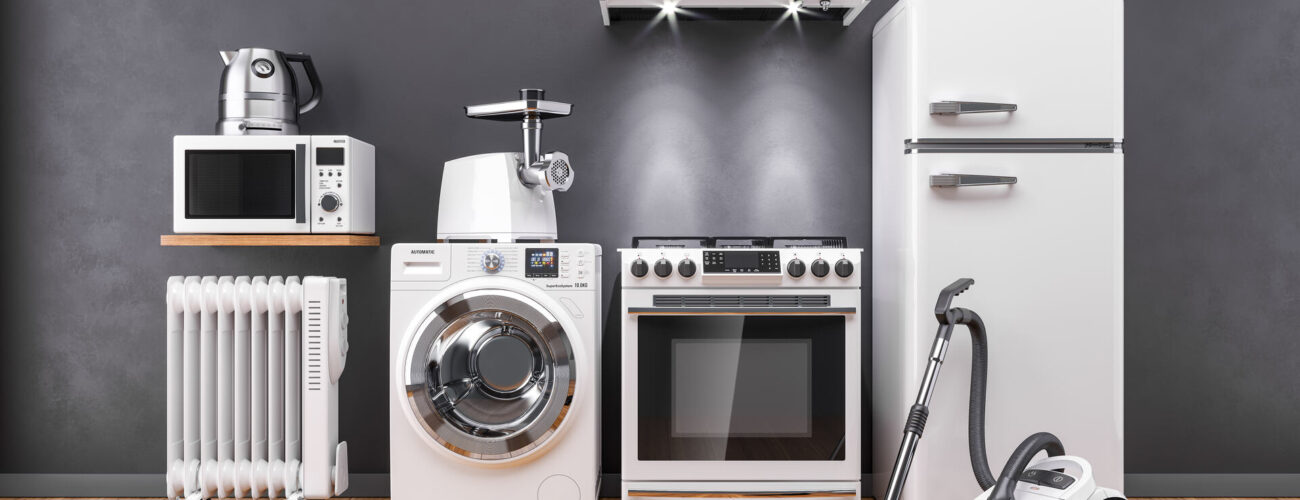

How to Move Appliances Safely to Your New Home Across the Country?
Posted in How-to,Moving Tips & Tricks on July 31, 2024
Knowing how to move appliances safely is crucial when moving across the country. Proper preparation and packing ensure your valuable belongings arrive in perfect condition. In this post, we’ll cover the essential steps and precautions to take to ensure your valuables are protected during the long journey to your new home.
How to Move Appliances?
To move appliances easily to your new home, start by unplugging and cleaning each item. Secure any loose parts, such as shelves and doors, with tape or straps. Disassemble what can be disassembled. Use appliance-specific moving equipment like dollies and straps to transport large items.
Wrap each appliance in moving blankets or bubble wrap for added protection. Carefully load them onto the relocation truck, ensuring they are securely fastened to prevent movement during transit. Follow these relocation tips to ensure your devices arrive at your new state undamaged and ready for use.
Preparing Your Appliances for a Cross-Country Relocation
So, how to move heavy appliances? Proper preparation is essential to ensure they are moved safely and remain in working condition. This process involves several critical steps – unplugging and thoroughly cleaning your items, followed by securing any loose parts and doors. By taking the time to prepare your devices correctly, you can prevent damage and make relocation easier.
Unplugging and Cleaning Your Items Thoroughly
Before you start packing for the upcoming relocation, make sure to unplug all your devices at least 24 hours before relocating. This allows them to cool down and prevents any potential hazards. For refrigerators and freezers, defrost them and remove all food.
Clean household appliances thoroughly to remove dirt, grime, and food residue. Use appropriate cleaning solutions for each type of appliance. For example, use a mild detergent for the fridge and a suitable cleaner for the oven. Thoroughly dry all devices to prevent mold and mildew during transit. A clean appliance is not only more pleasant to handle but also ensures no unwanted odors are transferred to your future home.
Disassembling Devices and Securing Loose Parts
To prevent damage during shipping, it’s crucial to secure any loose parts and doors. Remove or secure any detachable components like shelves, trays, or knobs. Take photos or notes of the disassembly process to make it easier to assemble devices in your new home. Place detached parts in labeled plastic bags or boxes for easy reassembly later.
Use strong tape or straps to secure doors, lids, and drawers to prevent them from swinging open and getting damaged. For delicate components, such as glass shelves or fragile knobs, wrap them in bubble wrap or furniture blankets before securing them. By securing all parts, you make transportation safer and your relocation efficient.
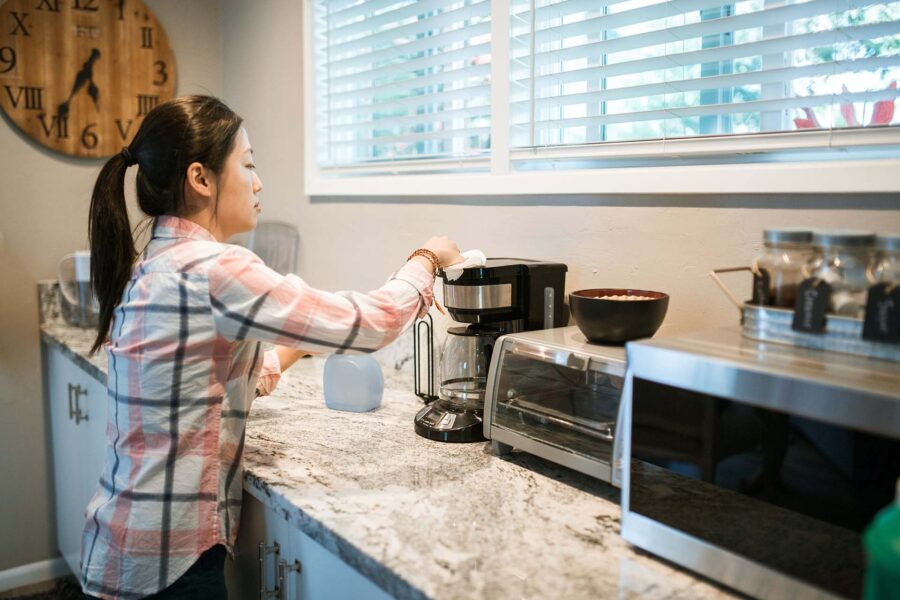
Gathering the Right Packing Materials and Tools
Gathering the right packing materials and tools is essential for safely shipping your appliances to a new state. Proper packing ensures your items are well-protected during transit, reducing the risk of breakage in the truck. Here’s a list of wrapping supplies and tools you’ll need for packing your belongings effectively:
- Moving blankets,
- Bubble wrap,
- Packing tape,
- Stretch wrap,
- Dollies or hand trucks,
- Furniture straps,
- Plastic bags,
- Cardboard sheets,
- Foam padding,
- Gloves.
Techniques for Safely Packing Heavy and Bulky Devices
Safely packing heavy and bulky devices requires careful planning and the right packing strategy to ensure they arrive undamaged. Double-check that the device is clean and dry, then proceed to wrap it up. Let’s go into detail about the proper wrapping of household devices.
Wrapping Belongings in Moving Blankets or Bubble Wrap
Wrapping your appliances in blankets or bubble wrap is crucial for preventing damage. Moving blankets offer thick padding and can be easily secured with tape or stretch wrap. Bubble wrap provides excellent protection for very fragile items. Wrap each item thoroughly, covering all sides, and secure the wrap. Pay special attention to corners and edges, as these areas are more prone to damage. For added protection, you can use multiple layers of wrapping material.
Using Dollies and Straps for Easy Movement
Using dollies and straps makes transporting heavy appliances much easier and safer. Dollies are designed to handle heavy loads and reduce the risk of injury. Place the wrapped appliance on the dolly and secure it with straps to keep it stable.
Ensure the straps are tight enough to prevent the appliance from shifting but not so tight that they cause damage. Carefully maneuver the dolly, taking your time to avoid any sudden movements that could cause the appliance to tip over or become unbalanced.
Getting Help – When to Hire Professional Movers
Hiring movers can be a wise decision when dealing with heavy and bulky household devices. Professionals have the experience, equipment, and expertise to handle large items safely and efficiently. They can pack efficiently and navigate tight spaces, stairs, or other obstacles that might be challenging for you to manage on your own.
If you’re unsure about your ability to move these items safely or you lack the necessary equipment, hiring a moving company is the way to go. After all, movers can save you time, effort, and potential injury. Additionally, they often provide insurance coverage, giving you peace of mind that your appliances are protected and reducing relocation stress.
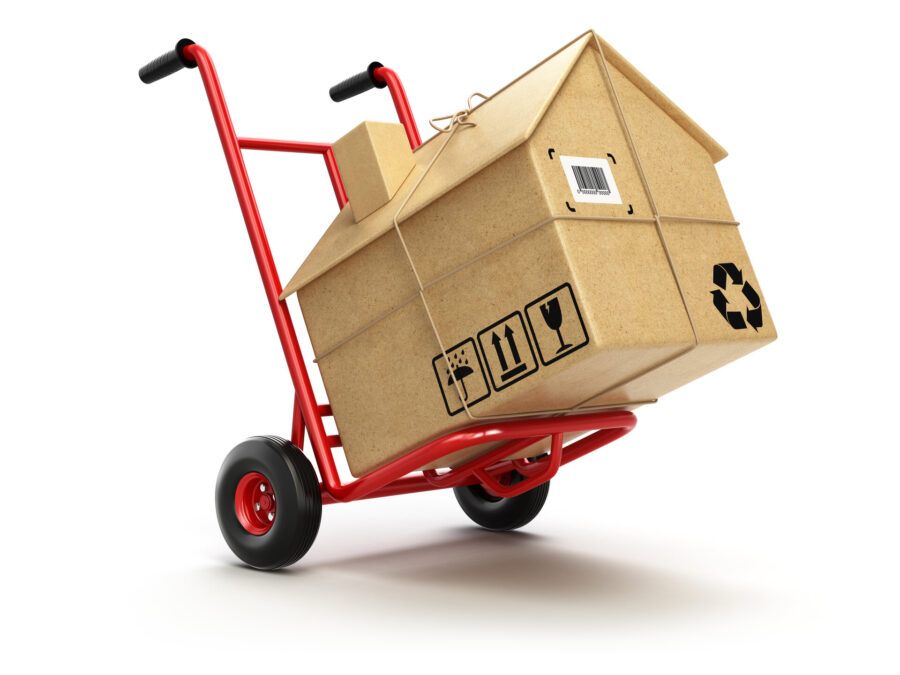
The Process of Loading Onto the Moving Truck
Loading your appliances onto the relocation truck is a critical step in ensuring they reach your new home safely. If you don’t want to let movers take care of this task, begin by creating a loading plan that prioritizes the placement of heavy and bulky items. Prepare the truck by laying down protective mats or blankets to prevent scratches.
Strategic Placement to Prevent Shifting During Transit
Strategic placement within the truck is essential to prevent shifting during transit. Start with the heaviest and bulkiest appliances, such as refrigerators and washing machines, positioning them towards the front of the truck. This creates a stable foundation. Place lighter appliances on top and fill any gaps with smaller items or moving boxes.
Use vertical space efficiently by stacking items carefully. Avoid placing heavy items on top of lighter ones to prevent crushing. By organizing your load thoughtfully, you can maintain balance and minimize the risk of items shifting during transport.
Securing Appliances to Avoid Damage
Use furniture straps or bungee cords to tie down each appliance to the truck’s anchor points. This keeps them in place and prevents movement. Ensure the straps are tight enough to hold the devices securely but not so tight that they cause damage. For added protection, place blankets or foam padding between the appliances to cushion them from any impacts.
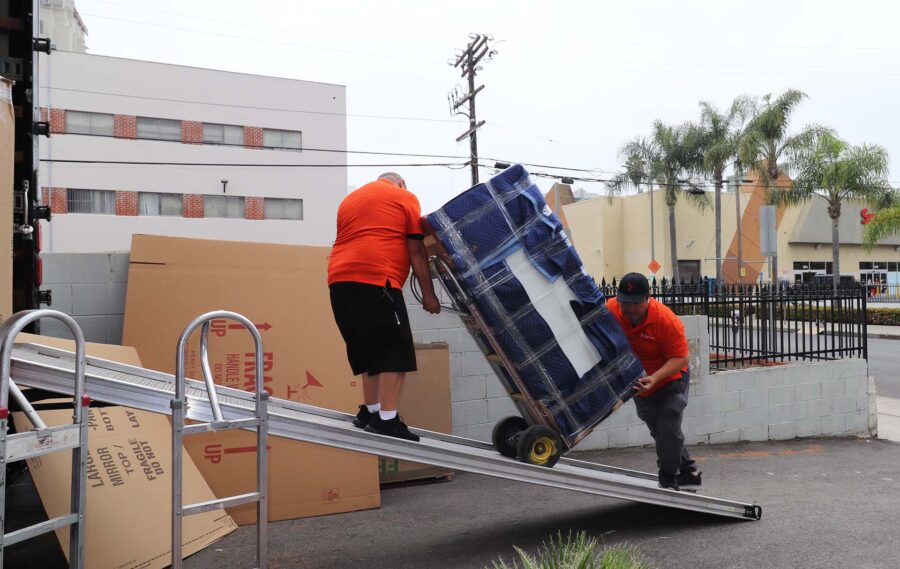
Unpacking and Setting up in Your New Home
Unpacking after relocation and finally setting up your appliances in your new home is an exciting step. Start by carefully unloading each item from the moving truck. Place them in their designated areas to avoid unnecessary handling. Take your time to unpack methodically, ensuring each appliance is handled with care to prevent damage.
Inspecting Belongings for Any Transit Damage
Before reassembling and installing your appliances, inspect each item for any signs of transit damage. Look for scratches, dents, or broken parts. Address minor issues immediately to prevent further damage.
Document any significant damage for potential insurance claims. This step ensures that any issues are noted and can be addressed promptly.
Reassembling and Installing Appliances Properly
Once you’ve inspected your appliances, begin reassembling and installing them. Refer to any notes or photos taken during the disassembly process to ensure everything is put back together correctly. Follow the manufacturer’s instructions for installation. Ensure all parts are securely fastened and connections are properly made.
Testing to Ensure All Devices Are Functioning Correctly
After reassembling and installing your appliances, test each one to ensure it is functioning correctly. Plug in and turn on each appliance, checking for proper operation. Verify that refrigerators are cooling, washing machines are running smoothly, and ovens are heating up. Address any issues promptly to avoid disruptions. Testing your appliances ensures they are ready for use in your new home, providing peace of mind that everything is in working order.

Bonus Tips for a Stress-Free Relocation
A stress-free relocation is possible with some planning and organization. Start early, giving yourself ample time to handle each aspect of relocating. Declutter before packing to minimize what you need to ship. Use high-quality packing materials to protect your belongings. Label each box clearly with its contents and destination room. Of course, be sure to hire professional movers to make the entire relocation a breeze – our teams at Cross Country Movers can help you get through the entire process without anxiety about relocating.
Creating a Detailed Long-Distance Moving Plan and Checklist
Creating a detailed plan and moving checklist is essential for staying on track. Begin by listing all tasks, from decluttering and packing to arranging transportation and changing your address. Break down each task into manageable steps and assign deadlines to ensure timely completion.
Staying Organized and Keeping Track of Where Each Item Is Packed
Staying organized is key to a successful move. As you pack, label each box with its contents and the room to which it belongs. Create an inventory list, noting which items are in each box. Number the boxes and include corresponding numbers on your inventory list for easy reference.
Use color-coded labels or markers for different rooms to streamline the unpacking process. Keep essential items and documents in a separate, clearly marked box that you can easily access. By maintaining a detailed record of where each item is packed, you can quickly locate everything in your new home, reducing stress and making the unpacking process more efficient.

Let Cross Country Movers Make Your Relocation Smooth and Effortless
Moving cross-country can be overwhelming, but Cross Country Movers is here to make your relocation smooth and effortless. Our team of outstanding long-distance movers handles every aspect of relocating, from packing assistance and loading to transport and unloading at your new home.
We use high-quality materials and the latest techniques to make sure your belongings are moved safely. Trust our professional movers to provide stellar cross-country moving services and a stress-free experience. Contact us and book our services today – enjoy a seamless relocation with Cross Country Movers!
